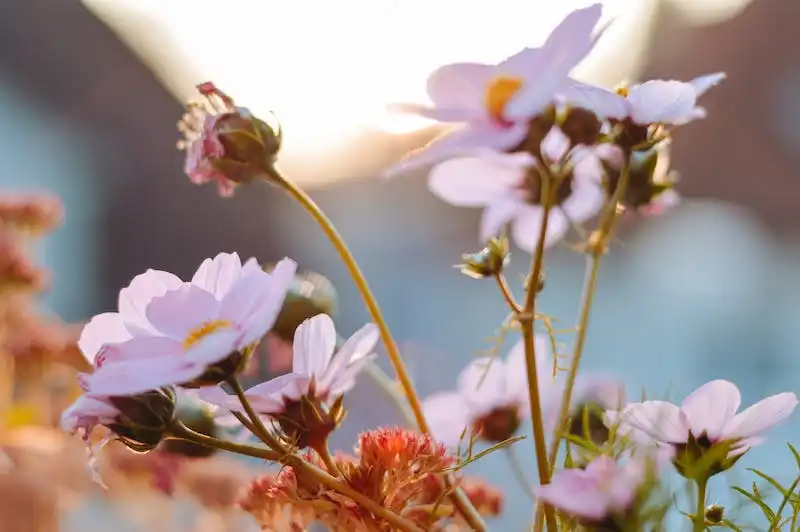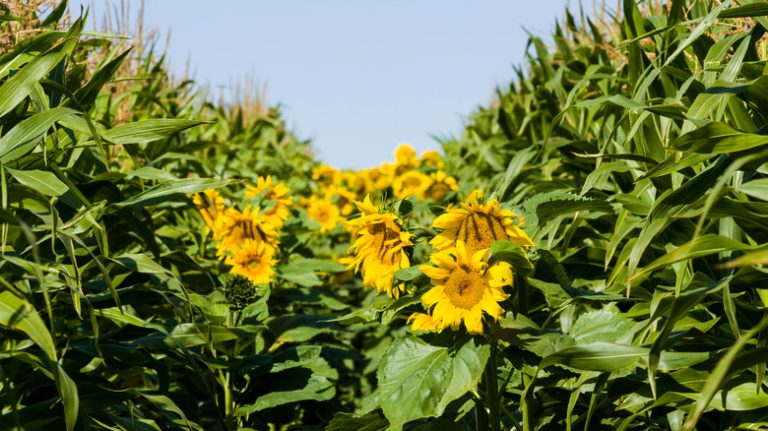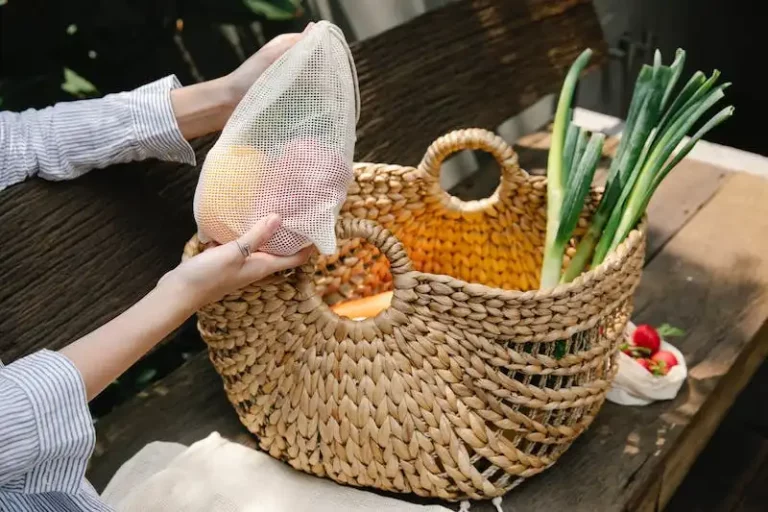The Cleome Spider Flower, also known as Cleome or Spider Plant, is a popular choice for gardeners looking to add a unique and eye-catching plant to their gardens. This plant is native to America and comes in a variety of species, each with its own unique characteristics and growing requirements.
One of the key points to note about Cleome is its distinctive appearance. It has long, thin stems with compound leaves that are made up of 3 to 5 leaflets. The leaves are often hairy and have stipules at the base of the petiole. The most notable feature of Cleome is its flowers, which are large and showy and resemble spiders with long, thin anthers.
Cleomes are known for their ability to tolerate a wide range of growing conditions. They can grow in full sun or partial shade and are not too picky about soil type. However, they do prefer well-draining soil and may not tolerate overwatering well. Cleomes are also fairly drought tolerant once established, making them a good choice for gardens in hot and dry regions.
When it comes to care and maintenance, Cleomes are relatively easy to grow. They should be watered regularly, but be careful not to overwater as this can lead to root rot. They can be fertilized every few weeks during the growing season to promote healthy growth and vibrant flowers. Cleomes can also benefit from deadheading to encourage more blooms.
Propagation of Cleome can be done from seeds or through division. Seeds can be sown directly in the ground or started indoors a few weeks before the last expected frost. Germination can be expected within 10 to 20 days. Division can be done in early spring or fall, and it’s a good way to propagate the plant if it becomes leggy or starts to decline in vigor.
In conclusion, Cleome Spider Flower is an attractive and versatile plant that can add a unique touch to any garden. With its wide range of colors and vigorous growth, it is sure to be a standout in any landscape. Whether grown from seed or propagated through division, Cleomes are relatively low maintenance plants that are well worth the effort.
How to Grow and Care for Cleome Spider Flowers
Cleome spider flowers are flowering plants that are known for their unique and hairy foliage. These plants are easy to grow and are a common addition to many gardens.
To grow cleome spider flowers, you will need to provide them with the right conditions. They prefer full sun to light shade and well-drained soil. Cleome plants also need regular watering, especially during dry periods.
When planting cleome spider flowers, make sure to space them about 18 to 24 inches apart. This will allow enough room for them to grow without overcrowding. Cleome plants tend to grow tall, so staking may be necessary to support them.
One important thing to note about cleome spider flowers is that they are not frost tolerant. If you live in an area with cold winters, you may need to treat them as annuals or bring them inside during the winter months.
Cleome spider flowers can be propagated from seed or through division. If you choose to propagate from seed, sow them directly into the ground in late spring or start them indoors 4 to 6 weeks before the last frost. Germination typically occurs within 7 to 14 days.
When it comes to caring for cleome spider flowers, they are relatively low maintenance. They do not require much fertilizer, although a light application of a balanced fertilizer in early spring can help promote healthy growth.
Cleome spider flowers are known for their unique inflorescence, which consists of clusters of flowers that resemble spider legs. These flowers come in a wide range of colors, including pink, purple, white, and magenta.
While cleome spider flowers are generally resistant to pests and diseases, they can sometimes be affected by rust. To prevent this, make sure to water at ground level and provide good air circulation around the plants.
In conclusion, cleome spider flowers are a beautiful addition to any garden. With their unique hairy foliage and vibrant colors, they are sure to attract attention. By providing them with the right growing conditions and proper care, you can enjoy the beauty of cleome spider flowers in your own garden.
Cleome Care
When it comes to caring for Cleome Spider Flower plants, there are a few important factors to keep in mind. One of the main things to avoid is overwatering, as this can lead to root rot and ultimately the death of the plant. It is best to water Cleome sparingly, allowing the soil to dry out between waterings.
In terms of pruning, it is recommended to remove any dead or damaged stems early on to promote healthy growth and prevent disease. Additionally, Cleome plants can become leggy if they are not pruned regularly, so it is a good idea to pinch back the stems to encourage bushier growth.
Cleome Spider Flowers are known for their unique spidery appearance, with long, thin stems and intricate inflorescence. These flowers can be quite tall, often reaching heights of up to four feet. Because of this, they may require staking to keep them upright, especially in windy conditions.
When it comes to fertilizing Cleome plants, it is best to use a balanced fertilizer that is low in nitrogen. Too much nitrogen can cause the plant to produce more foliage and fewer flowers. Additionally, Cleome plants do not require much fertilizer to thrive, so a light feeding every month or two should be sufficient.
Cleome Spider Flowers are typically easy to grow from both seeds and seedlings. They have a wide range of colors and types, including compact varieties that are great for small gardens. However, it is important to note that while Cleome plants can tolerate a wide range of conditions, they prefer well-drained soil and full sunlight.
In terms of pest and disease problems, Cleome plants are relatively resilient. They are not prone to many common insect pests, although some gardeners may occasionally experience issues with aphids or spider mites. Additionally, Cleome plants can be susceptible to rust and other fungal diseases, so it is important to monitor the plants closely and address any issues early on.
In conclusion, Cleome Spider Flowers are a stunning addition to any garden. With their spidery inflorescence and unique growth habit, they are sure to attract attention. Whether you choose to grow them from seeds or seedlings, Cleome plants are relatively easy to care for and can provide months of beautiful, spiky blooms.
Light
The Cleome Spider Flower prefers full sun but can tolerate partial shade. In areas with hot summers, some afternoon shade may be beneficial to prevent the flowers from wilting in extreme heat. However, insufficient light can lead to leggy growth and fewer blooms.
| Light Requirements | Comments |
|---|---|
| Full sun | Ideal for healthy growth and abundant flowering |
| Partial shade | Tolerated, but can result in fewer blooms |
| Afternoon shade | Beneficial in hot summer areas to prevent wilting |
It’s important to note that the Cleome Spider Flower, especially the taller varieties, can be prone to leaning or bending towards the light source. To prevent this, it’s recommended to rotate the plants regularly so that all sides receive equal light exposure.
Soil
When planting cleome spider flowers, it is important to choose the right soil conditions. Cleomes grow well in a variety of soil types, but they prefer well-drained soil that is rich in organic matter. They can tolerate a wide range of soil pH levels, but a slightly acidic to neutral pH is ideal for optimal growth.
If you have heavy clay soil, it’s best to improve drainage by adding organic matter, such as compost or aged manure, to the soil before planting. This will help create a looser soil structure and prevent waterlogging.
Starting cleome seeds indoors is a common practice to get a head start on the growing season. When sowing seeds indoors, use a well-draining potting mix and provide ample light. Cleome seeds germinate best when the temperature is around 70°F (21°C).
Ascleome seeds can also be directly sown into the garden after the danger of frost has passed. Prepare the soil by removing weeds and loosening the top layer. Sow the seeds about 1/4 inch (6 mm) deep and keep the soil consistently moist until germination.
Cleome plants are relatively easy to grow and can tolerate a range of soil and temperature conditions. However, they perform best in full sun with moderate water and fertilizer. Regular watering is important, especially during hot and dry periods, to keep the plants hydrated and promote blooming.
Fertilizing cleome plants can be done with a general-purpose fertilizer, such as a balanced NPK (nitrogen, phosphorus, potassium) formula. Follow the instructions on the fertilizer packaging for proper application rates and frequency. Over-fertilization can lead to excessive foliage growth and fewer flowers.
Cleome spider flowers are known for their unique and eye-catching inflorescence, which resembles a spider or fireworks. They are available in a variety of colors, including pink, white, purple, and bi-colored varieties. They also come in different heights, from tall and elegant varieties like ‘Queen’, ‘Helen Campbell’, and ‘Señorita Rosalita’, to more compact and dwarf varieties like ‘Sparkler’ and ‘Duchess’.
Some cleome varieties, such as ‘Queen’, produce fragrant flowers that attract butterflies, bees, and hummingbirds to the garden. The flowers are typically sterile, meaning they do not produce viable seeds, but they can be propagated through division or stem cuttings.
Cleome plants have palmate leaves with 3-7 leaflets that grow from the base of the plant. The leaflets are thin and lance-shaped, with toothed margins. The stems of cleome plants are sturdy and hairy, providing support to the tall flower spikes.
Pruning cleome plants is not necessary, but removing faded flowers can help prolong the blooming period. You can also prune the plants to control their height and shape, or to remove any damaged or diseased foliage. Pruning should be done with clean and sharp gardening shears.
In gardens, cleomes are commonly combined with other flowering plants, such as zinnias, cosmos, and sunflowers, to create a colorful and vibrant display. They also work well in cottage gardens, butterfly gardens, and pollinator gardens.
Cleomes are featured in many gardening articles and can be a valuable addition to any garden. If you have any questions about growing cleome spider flowers, you can ask your local extension office or seek advice from experienced gardeners.
Water
Proper watering is essential for the growth and overall health of Cleome Spider Flower plants. Understanding their watering needs will ensure that they thrive in your garden. Here is what you should know:
- Potting and soil: Cleomes prefer well-draining soil, so make sure the potting mix or soil in your garden beds allows water to flow freely.
- Frequency: Cleome plants need regular watering, especially during hot and dry weather conditions. Water deeply until the soil is moist, but not waterlogged.
- Temperature and season: Cleome plants are sensitive to frost and perform best in warm weather. Water them more frequently during hot summer months, as their water needs increase.
- Ask Cathy: If you’re unsure about when and how much to water your Cleome plants, consult your local horticulture expert or nursery for guidance.
- Water from the base: To avoid getting the foliage wet, which can lead to leaf spot diseases, water the Cleome plants at the base. This also helps prevent fungal growth.
- Open and divide: Cleome hassleriana plants grown in containers may develop rootbound conditions. To avoid this, divide and repot them every 2-3 years.
- Pest problems: Cleomes are sometimes visited by pests like aphids and spider mites, which can cause damage to their leaves. Regularly inspect the undersides of leaves for any signs of infestation and take necessary action.
- Fertilizer: Cleomes don’t require excessive amounts of fertilizer to bloom. A balanced fertilizer applied in early spring should be sufficient. Avoid over-fertilizing, as this can lead to excessive foliage growth at the expense of flowers.
- Pruning: To keep Cleomes compact and promote bushier growth, prune leggy stems. You may also prune spent flower heads to encourage continuous blooming.
- Water limitations: Cleome plants can tolerate brief periods of drought, but prolonged dryness may affect their flowering performance. Proper watering is crucial, especially during the growing season.
- Queen of the garden: Cleomes are often referred to as the “Queens of the garden” due to their spidery flower and vibrant colors. Expect them to be a stunning addition to your garden.
By providing the right amount of water, your Cleome Spider Flower plants will flourish, adding beauty to your garden. Take care of their water needs, and they will reward you with a stunning display of spidery blooms.




